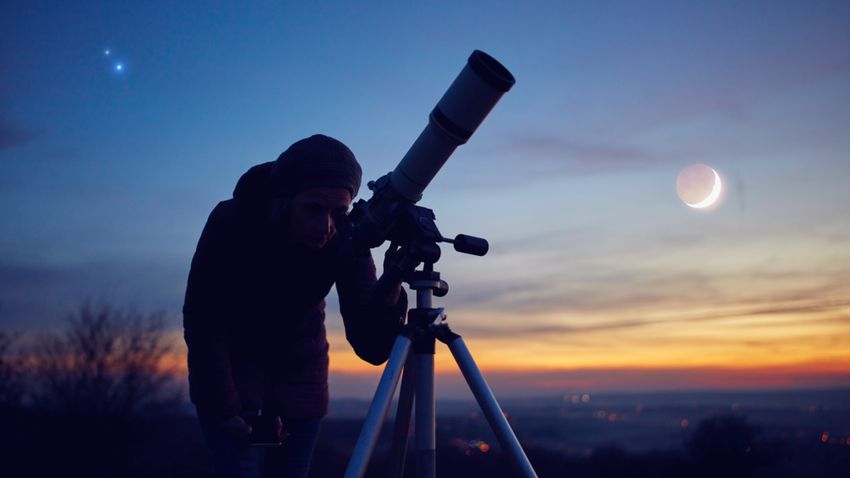The celestial body, approaching at 76,000 kilometers per hour, is one of the largest known asteroids to approach Earth this year.
said astronomer Adam Happy.
Given the size of the celestial body, it can cause a serious catastrophe, but fortunately it should not be feared, since it only approaches our planet 4 million kilometers away.
confirmed.
He also indicated the presence of celestial bodies much more dangerous than the asteroid discovered in 1989, which NASA is constantly monitoring.
According to NASA, potentially hazardous asteroids (PHAs) are celestial bodies at least 140 meters in diameter with an orbit closer than 7.5 million kilometers (0.05 CSE) from Earth, the two celestial bodies, and also allow for a dangerously close encounter. As asteroid 7335 (1989 JA) approached our planet at a distance of 4 million km on Friday, it was classified as PHA.
Blessed Adam said that the asteroid Bennu tops the list of potentially dangerous objects, although its diameter does not exceed 500 meters, but because of its orbit, it has a greater chance of collision. He added that the asteroid is expected to approach Earth in the late twenty-first century, but the chances of it crashing are still small, at only half a tenth of a percent.
NASA constantly monitors 29,000 celestial bodies passing near Earth, but 99% of them are smaller than the asteroid (7335) 1989 JA.
There are currently a total of 2,223 potentially hazardous asteroids, which is an estimated 8 percent of all near-Earth asteroids. The number of PHAs greater than one kilometer is 160.
Blessed Adam said that there is no specific small celestial body known today that would definitely collide with our planet, but there may be a number of space objects approaching Earth that astronomers have not yet discovered due to their small size. He noted that this was the asteroid with a diameter of 2-3 meters, which was discovered by astronomer Krisztián Sárneczky in early March, which entered the atmosphere of our planet two hours after it was found and was destroyed there.
This was the fifth known small asteroid that had been predicted to collide with Earth (enter the atmosphere) hours before the event.
“We see that over the years we are now discovering fewer and fewer celestial bodies larger than a kilometer near the Earth, but we can still find many of them under 100 metres. There are probably a lot of unknowns orbiting in space, and we need To be more afraid of them,” said the astronomer, stressing that searching and tracking the orbit of small celestial bodies is a potential collision risk on our planet, a very important area of research.
cover photo: illustration












































